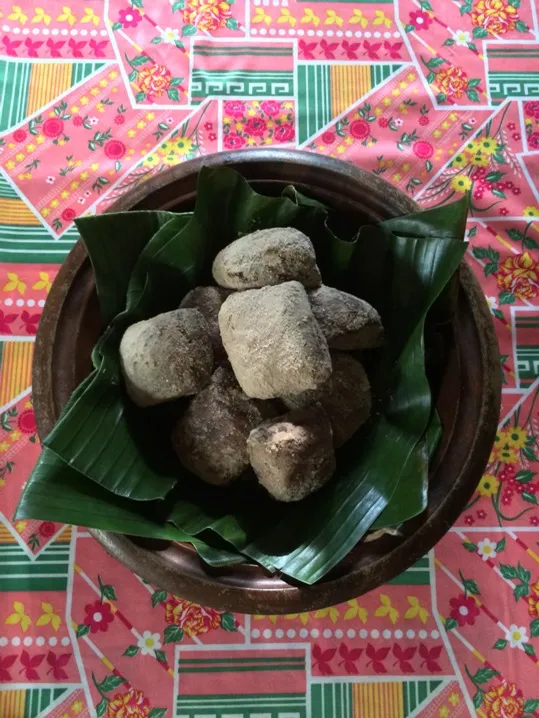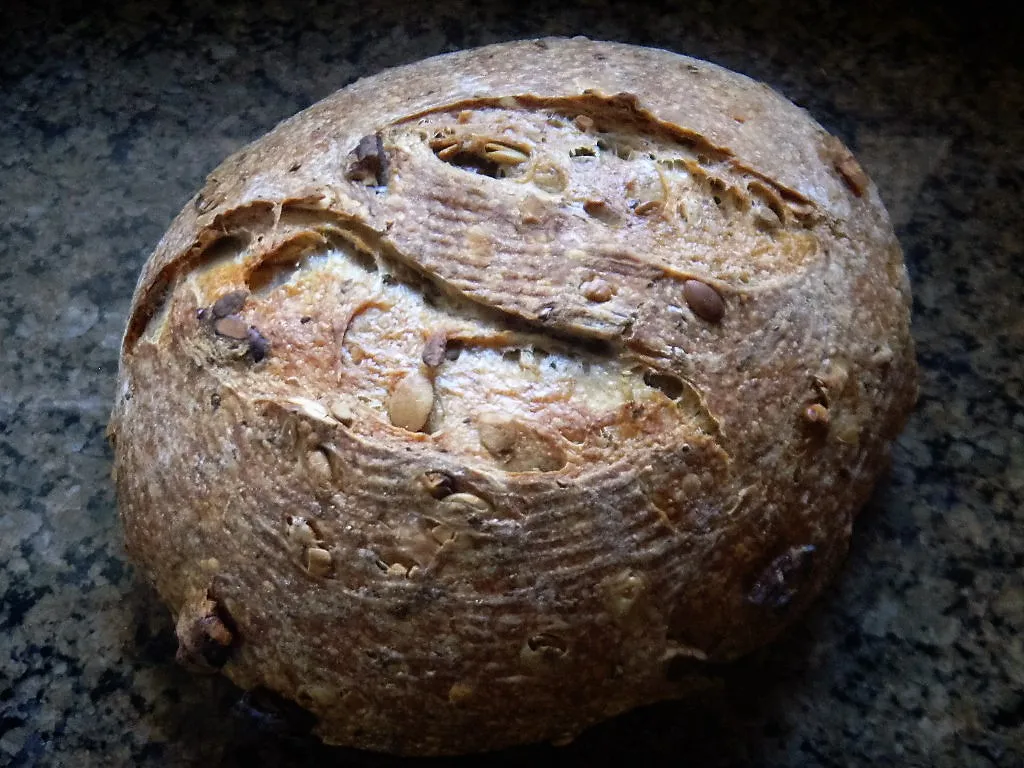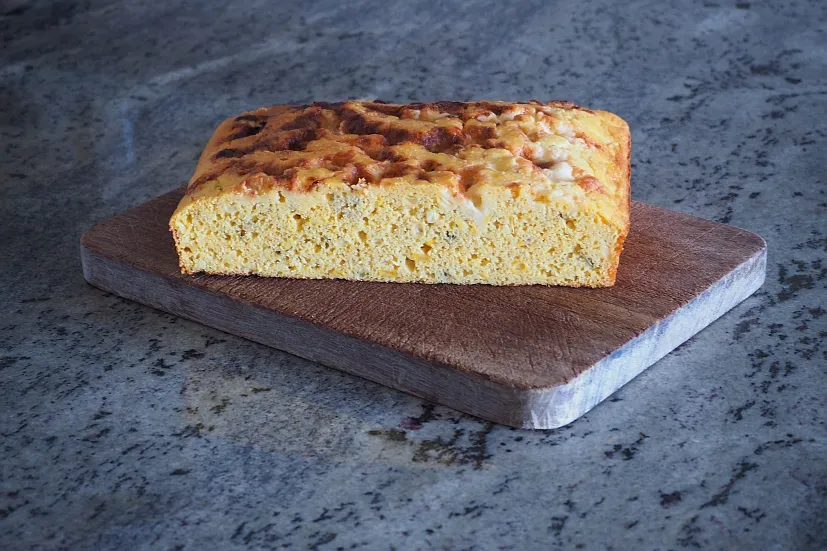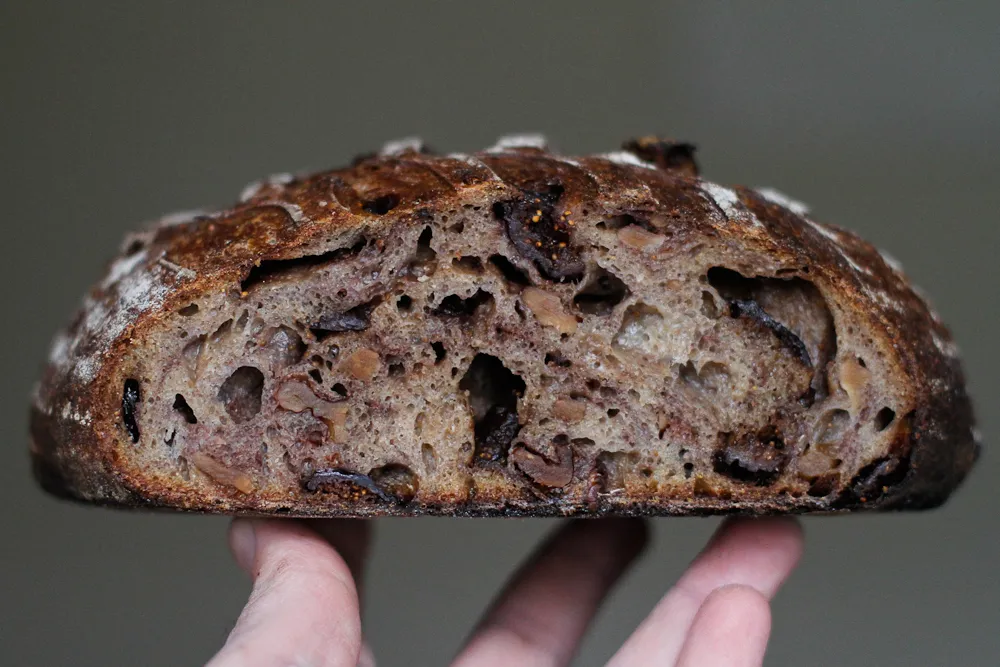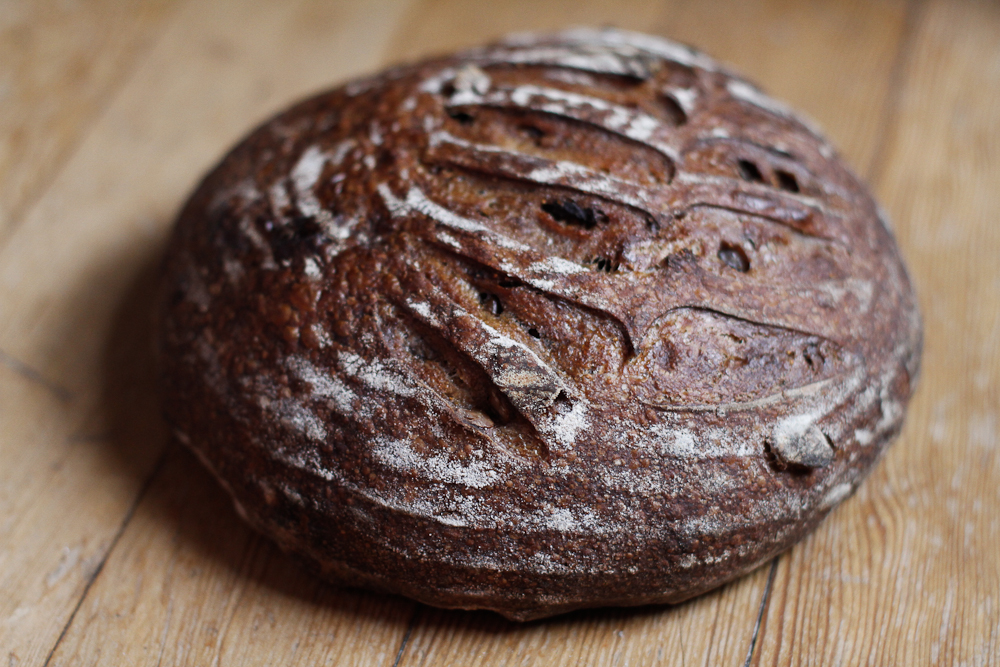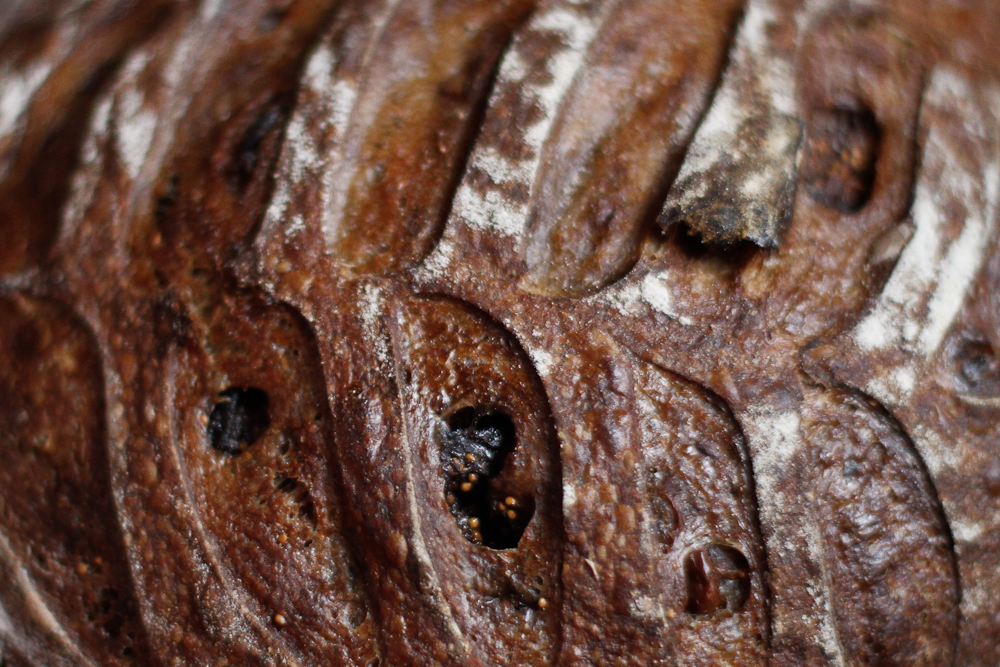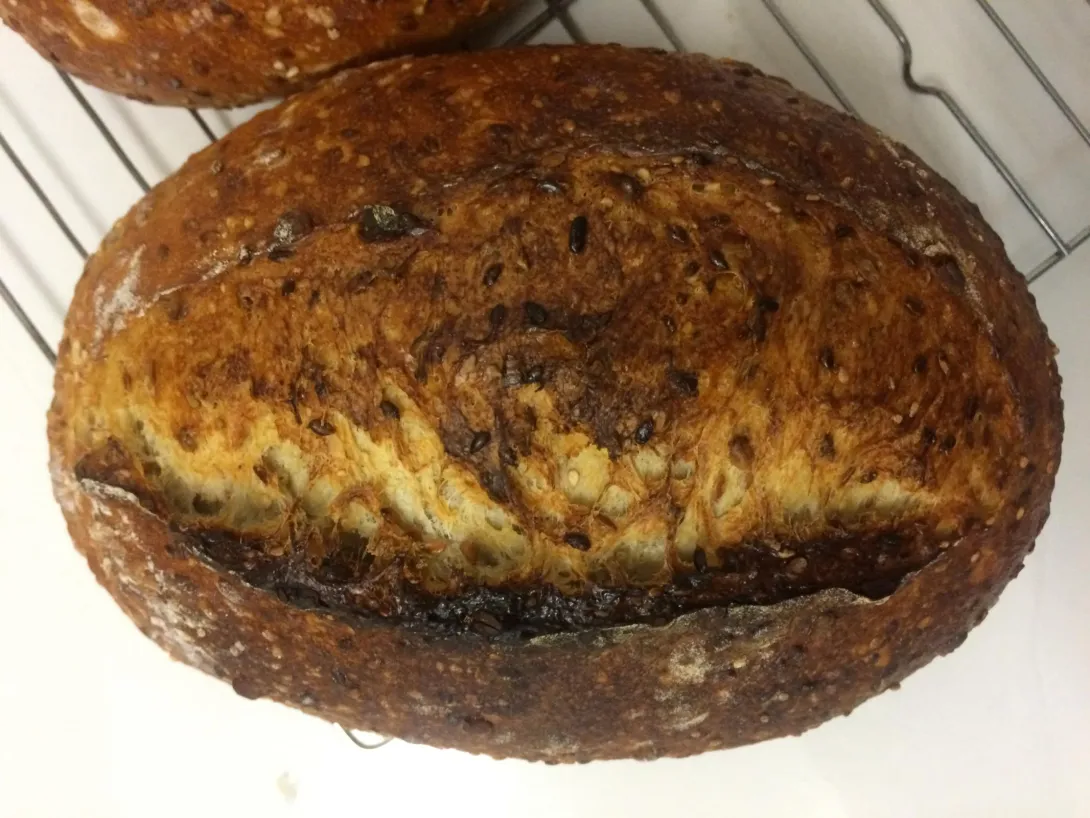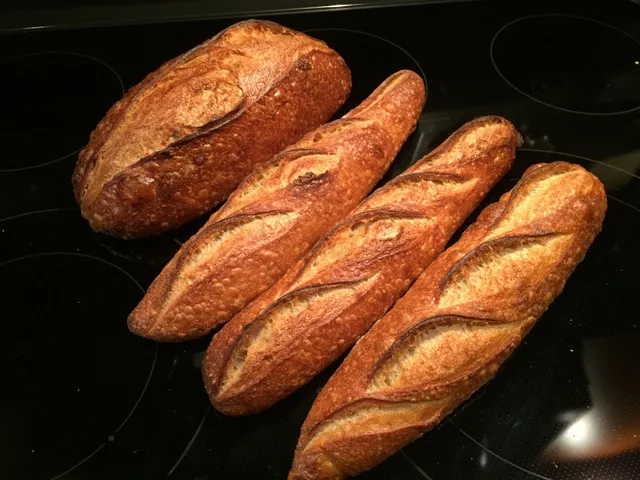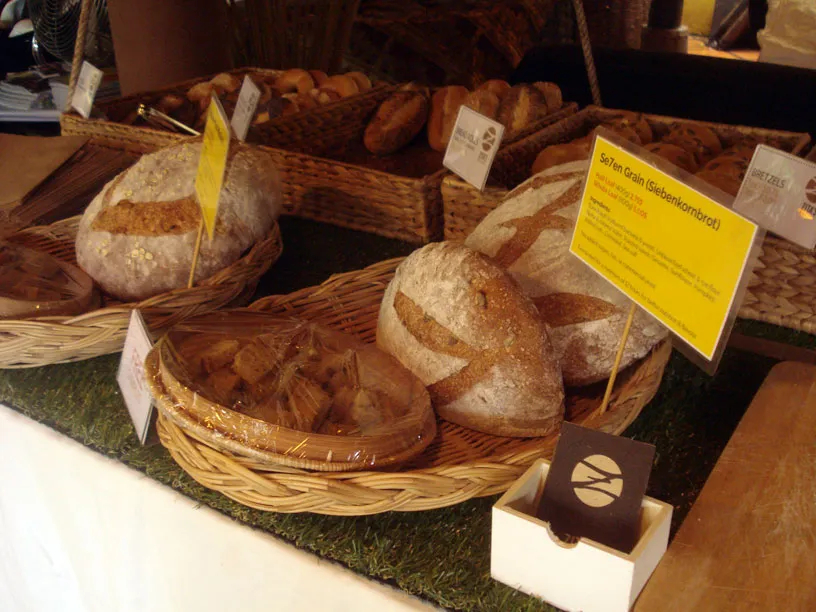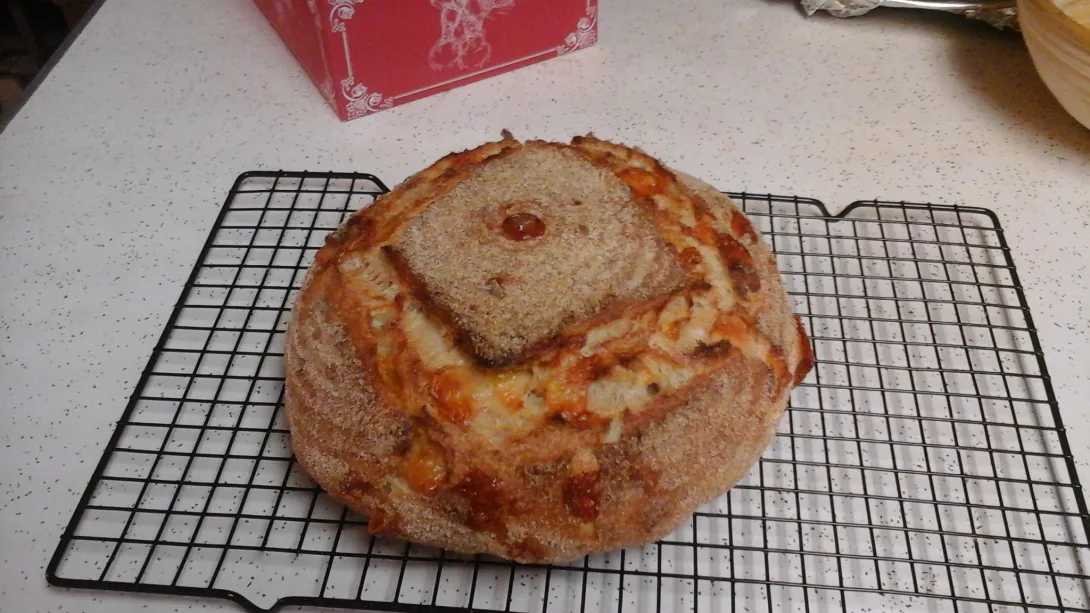Boozy Christmas Stollen
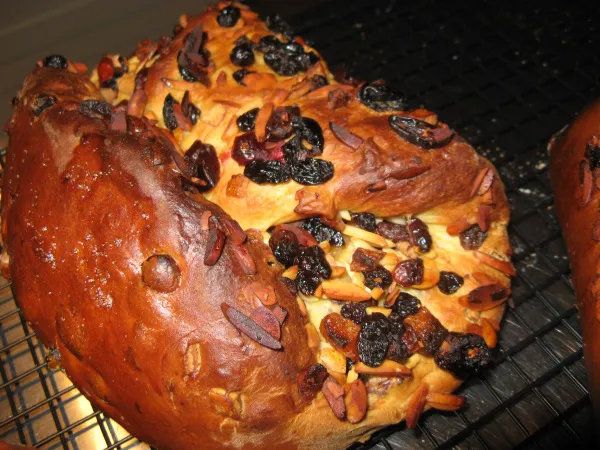
We're getting ready for Christmas dinner #2 here; the first one was with the DH's family at the sister-in-law's house so we're hosting my family today with the second one. Busy making turkey dinner with all the trimmings but I thought it was time to post the Stollen (I baked for both Christmas dinners!).
